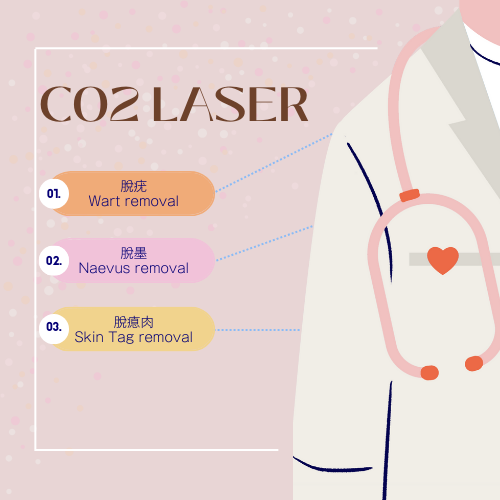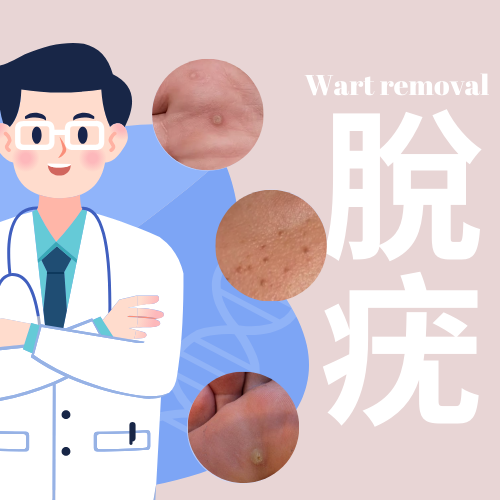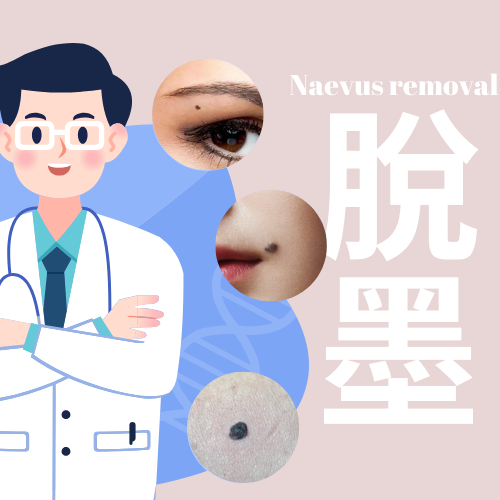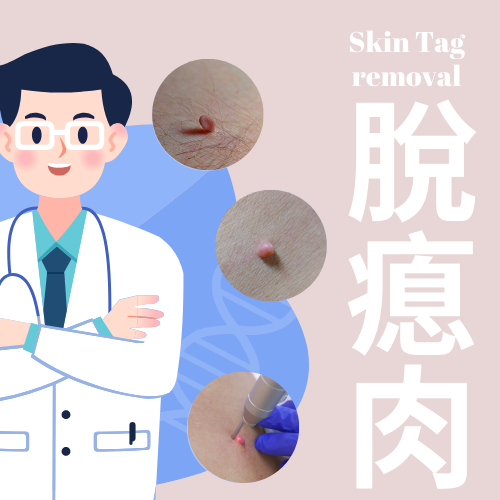 |
CO2 Laser
First, apply local anesthesia cream to the affected area. Then, using specialized equipment, emit laser beams with a wavelength of 10,600 nanometers to vaporize the infected tissue, particularly targeting warts on the face. Depending on the quantity, usually only one or two treatment sessions are needed. Before undergoing wart removal, it’s essential to seek professional advice from a doctor. |
 |
Wart removal Warts: Causes, Types, and Treatment Warts are contagious skin growths that can be visually bothersome. Seeking medical treatment for wart removal is a viable option. What Are Warts? Warts are raised skin lesions that appear in the same color as the surrounding skin. They result from an infection by the Human Papilloma Virus (HPV), a highly contagious virus that thrives in damp environments like public swimming pools, bathrooms, and changing rooms. Everyday contact can lead to HPV transmission. Types of Warts:
|
 |
Naevus removal CO2 laser therapy is a minimally invasive and precise method. It utilizes laser beams with a wavelength of 10,600 nm to vaporize abnormal skin tissue. By targeting the subcutaneous melanocytes, it gently breaks down the tissue. The procedure is relatively mild, and patients experience minimal discomfort. After the treatment, the affected area may slightly depress and form a scab. As the scab naturally sheds, the skin gradually regains its smooth texture. |
 |
Skin Tag removal CO2 Laser Treatment for Skin Tags (Cutaneous Papillomas) CO2 laser treatment is a precise and minimally traumatic method used to remove skin tags. By utilizing laser beams with a wavelength of 10,600 nm, abnormal skin tissue is vaporized, and the surface of the skin is cauterized. This process helps restore the skin to a smooth condition. What Are Skin Tags? Skin tags, also known as cutaneous papillomas, are benign overgrowths of skin tissue. They appear as small, bag-like or elongated protrusions hanging from the skin surface. While skin tags can affect appearance, they do not pose any health risks. Typically, skin tags present as raised, grain-like, bag-like, or thread-like growths. They are commonly found around the neck, under the breasts, or in the armpit area. Skin tags can be skin-colored or dark brown, measuring a few millimeters in size. When squeezed, they do not release any secretions or blood. Importantly, skin tags are neither contagious nor caused by infections and rarely cause discomfort. |


